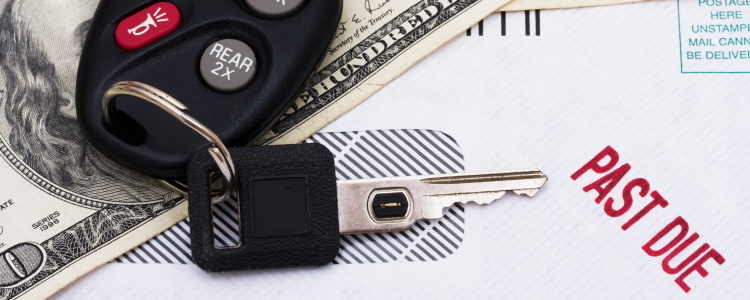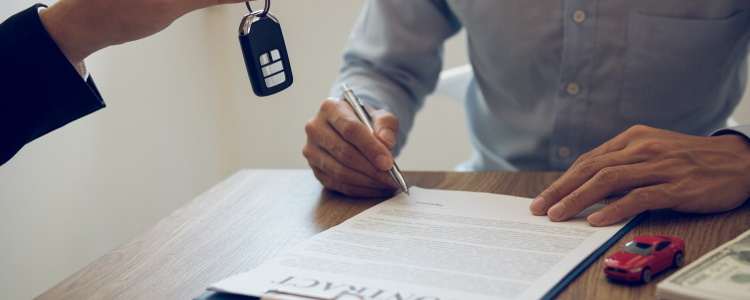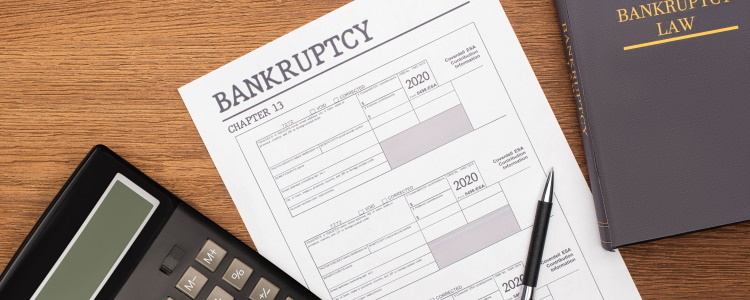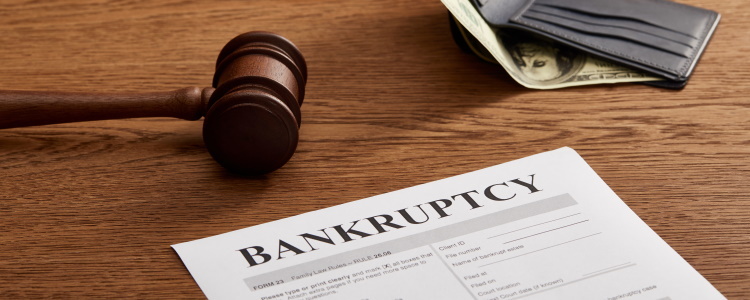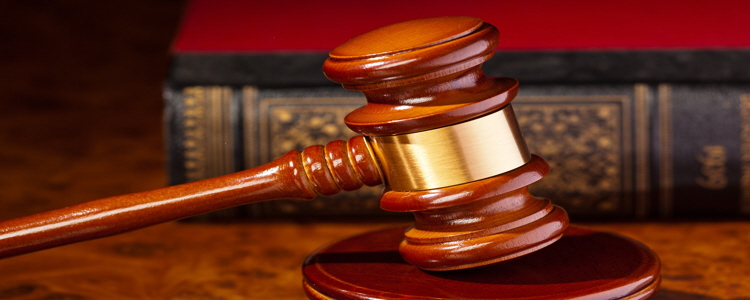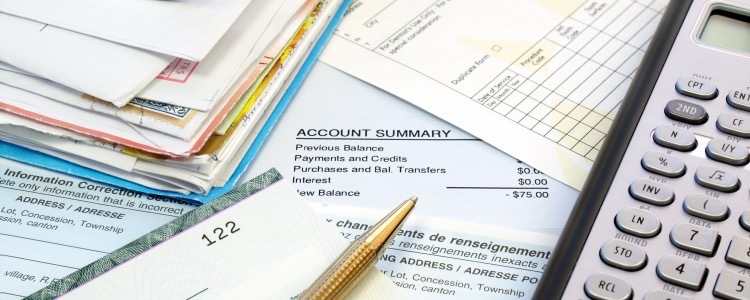There’s a way to save some money on your auto loan if you filed for Chapter 13 bankruptcy. It’s called a cramdown, and it can only be used if you owe more on your car than it’s worth. Here’s how auto loan cramdowns work.
Chapter 13 Bankruptcy and Cramdowns
 When you file for Chapter 13 bankruptcy, some of your unsecured debts can get discharged after you’ve paid off what you can manage.
When you file for Chapter 13 bankruptcy, some of your unsecured debts can get discharged after you’ve paid off what you can manage.
The difference between a secured and unsecured debt is that a secured debt means the lender can repossess the financed item, like your vehicle. This means that if you stop paying and default on your secured auto loan, your lender can repossess your car.
After you file for Chapter 13 bankruptcy, you have the option to “cram down” certain secured debts if you qualify – including auto loans. This means that you’re lowering the balance of what you owe on the vehicle to only what its actual cash value (ACV) is, and the ACV is all you’re likely to pay for.
Instead of paying more than what the car is worth, you can work with your trustee during your bankruptcy to pay for the vehicle’s actual value instead of having to pay for negative equity that you won’t get a return on if you decide to sell the car later.
You must have negative equity to cram down your auto loan during Chapter 13 bankruptcy, meaning you owe more on the vehicle than what it's actually worth or what it can be sold for. If you have equity in your car, meaning you owe less than its ACV, then a cramdown doesn’t apply. If you cram down your vehicle’s negative equity, it gets added to the rest of your unsecured debts.
A Chapter 13 bankruptcy is called the reorganization bankruptcy because you and the trustee work together to reorganize your finances and help you pay off as much as you can. At the end, you’re discharged (if you complete it successfully), and the balance of any remaining unsecured debt gets wiped away once your repayment plan is done. This means that there’s a good chance some (or all) of your car’s negative equity gets wiped away.
Other Requirements of a Cramdown During Bankruptcy
Not everyone can qualify for a cramdown during a Chapter 13 bankruptcy. Here are the requirements that you and your car need to meet:
- You’ve filed for Chapter 13 bankruptcy, not Chapter 7
- Must have negative equity in your vehicle
- Your car payment is included in your repayment plan (future and possibly back payments)
- You’ve had the vehicle for at least 910 days
The reason you must have had your car for around two and half years is because this dissuades borrowers from taking out an auto loan then filing for bankruptcy to try to discharge the negative equity immediately. Many borrowers find themselves in a negative equity position at the start of their car loans.
In nearly every other situation, having negative equity in your vehicle isn’t the best feeling. However, when you’re in Chapter 13 bankruptcy, you can work with your trustee and get back on your feet and into an equity position. Like we said, Chapter 13 bankruptcy is the reorganization bankruptcy. The idea is to walk away at the end in a better position than you were in three or five years ago.
After a Bankruptcy Discharge
If you don’t think you qualify for a cramdown during your bankruptcy, then perhaps selling the vehicle or simply paying off the negative equity could be the solution.
Once you’re discharged from bankruptcy, you can typically get into another car pretty quickly if you work with the right lender. There are dealerships with special finance departments that have the resources to assist bad credit borrowers, including those with a recently discharged bankruptcy on their credit reports.
Here at Auto Credit Express, we know what dealers are signed up with bad credit auto lenders. To get matched to a dealership in your area, complete our free car loan request form! It’s quick, secure, and there’s never an obligation. Get started now!
